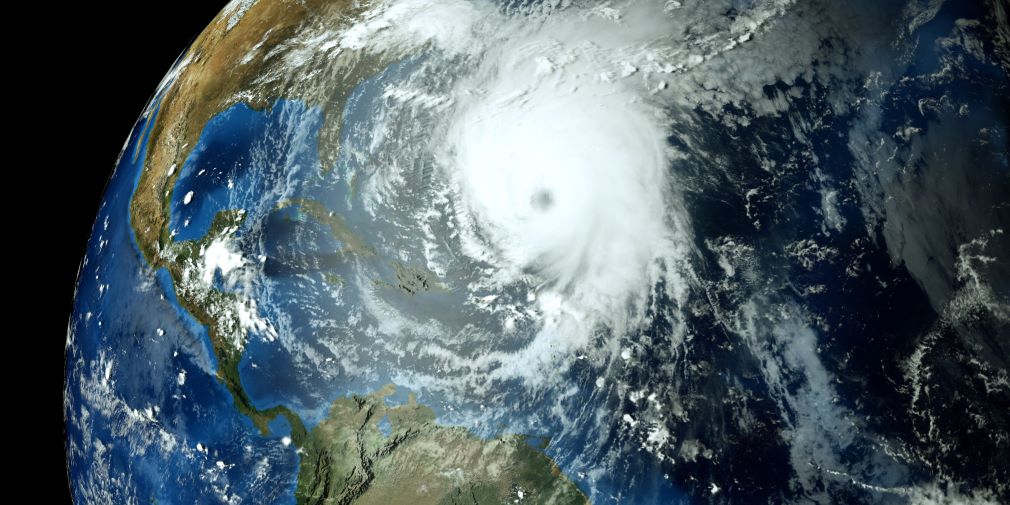Meteorologists at Colorado State University (CSU) announced on Thursday that they have increased the number of named storms they predict will occur during this year’s hurricane season.
This is the second time this summer the researchers have upped their predictions, from 13 in their original April forecast to 15 in June to now 18. In May, the National Oceanic and Atmospheric Administration (NOAA) predicted the 2023 Atlantic Hurricane Season would have at least 12 storms.
The 18 named storms predicted by CSU researchers include the five named storms that have already formed (January subtropical storm, Arlene, Bret, Cindy and Don). Of those, the team expects nine (including Don) to become hurricanes and four to reach major hurricane strength (Saffir/Simpson category 3-4-5) with sustained winds of 111 miles per hour or greater.”
The team predicts that 2023 hurricane activity will be about 130% of the average season. By comparison, 2022’s hurricane activity was about 75% of the average season. They are making this prediction despite the development of a robust El Niño.
“Sea surface temperatures averaged across the tropical and subtropical Atlantic are at record warm levels,” the researchers said in a statement. “Normally El Niño reduces Atlantic hurricane activity, while an extremely warm Atlantic increases hurricane activity, so how these diametrically opposing factors interact will determine exactly how much activity occurs in 2023. Given the conflicting signals between a likely moderate/strong El Niño and a much warmer-than-normal tropical and subtropical Atlantic, the team stresses that there is more uncertainty than normal with this outlook.”
The probability of major hurricanes making landfall for the remainder of the season is:
- 48% for the entire U.S. coastline (full season average from 1880-2020 is 43%)
- 25% for the U.S. East Coast including the Florida peninsula (full season average from 1880-2020 is 21%)
- 31% for the Gulf Coast from the Florida panhandle westward to Brownsville (full season average from 1880-2020 is 27%)
- 53% for tracking through the Caribbean (full season average from 1880-2020 is 47%)
CSU cautions coastal residents to take proper precautions.
“It takes only one storm near you to make this an active season for you,” said Michael Bell, professor in the CSU Department of Atmospheric Science.













